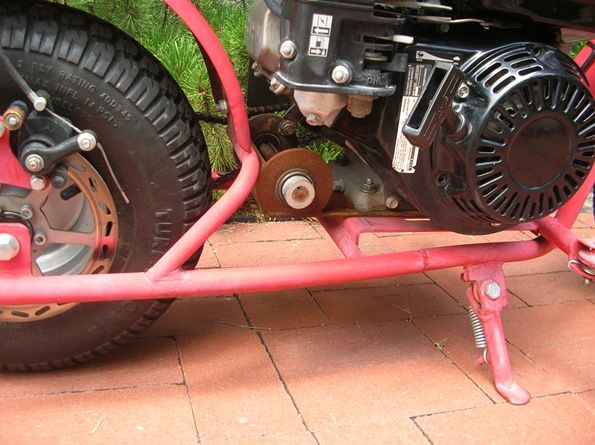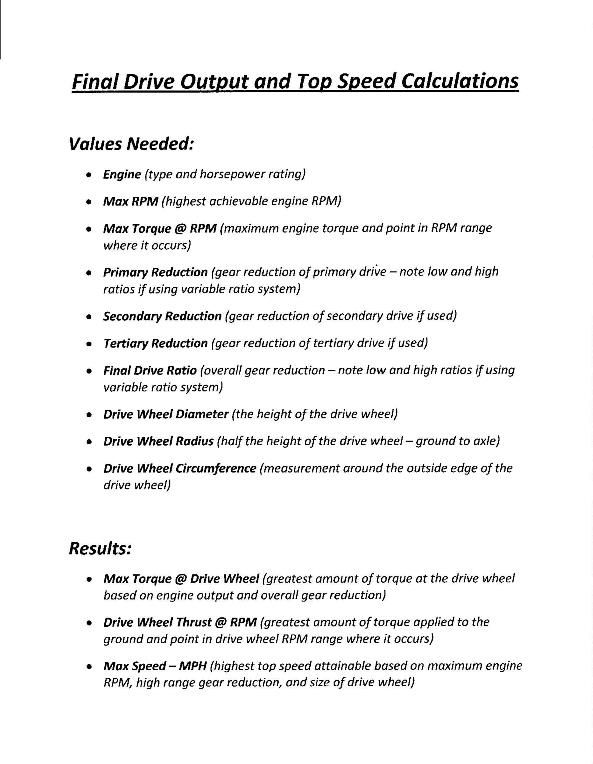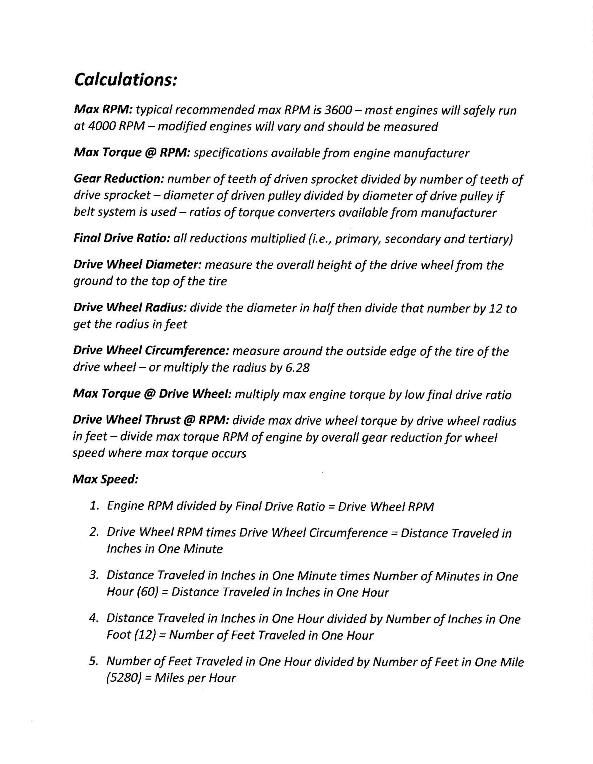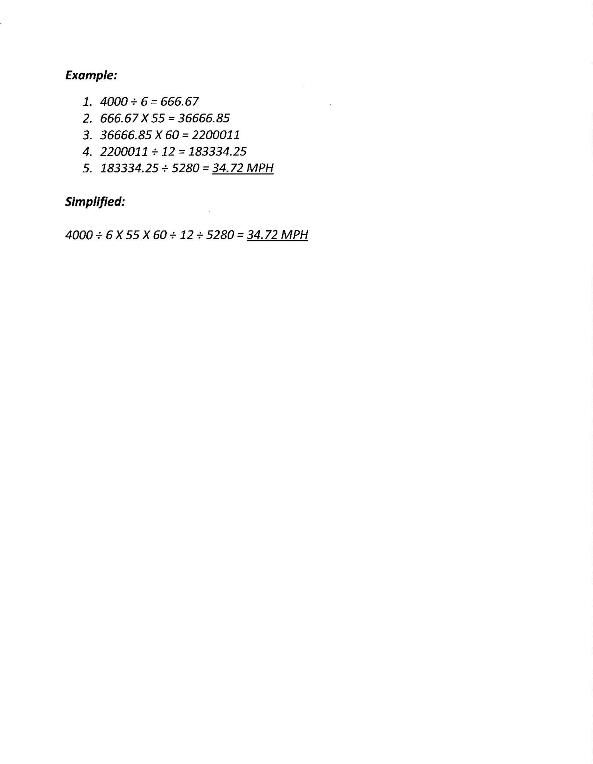I need lower gearing...!
I recently installed a Preditor 212 on an mmb80 which has a 70-72 rear sprocket with 13.5"(+/-) wheels...
I was going to try a 10 or 11 tooth front sprocket/clutch but all I could find in 3/4" bore with a 35 pitch sprocket is a 12 tooth...
My issue is (in a word) HILLS...! with just the Preditor upgrade and the 12T front sprocket the bike is still sluggish trying to start off on a slope...I have to really give it the throttle (just about to the wheelie point) and it seems like it will wear out the clutch in no time...secondly to navigate up and down our road (out to the mail box etc.) it requires speed/momentum and there are several blind curves on hills that make it dangerous to have to go so fast to maintain momentum...
I need to reduce the gearing so I can "putt" up the hills...I don't care about top end speed...
I understand a TC is a good option but first I don't fully understand the difference between a TC and a jack shaft...and secondly I want to keep the cost to a minimum right now (have tractor parts to buy) nor do I have the time for any frame modifications etc...
I am considering a short jack shaft starting with a 10 or 11 tooth clutch w/#40 pitch chain back to the shaft and another 10 or 11 tooth (#40) sprocket...with the secondary sprocket a #35 pitch 11 tooth back to the OEM rear...(I can fab this up for less than $50 and a couple of hours)
Will this get me what I need? any suggestions...any other quick, cheap options?
I recently installed a Preditor 212 on an mmb80 which has a 70-72 rear sprocket with 13.5"(+/-) wheels...
I was going to try a 10 or 11 tooth front sprocket/clutch but all I could find in 3/4" bore with a 35 pitch sprocket is a 12 tooth...
My issue is (in a word) HILLS...! with just the Preditor upgrade and the 12T front sprocket the bike is still sluggish trying to start off on a slope...I have to really give it the throttle (just about to the wheelie point) and it seems like it will wear out the clutch in no time...secondly to navigate up and down our road (out to the mail box etc.) it requires speed/momentum and there are several blind curves on hills that make it dangerous to have to go so fast to maintain momentum...
I need to reduce the gearing so I can "putt" up the hills...I don't care about top end speed...
I understand a TC is a good option but first I don't fully understand the difference between a TC and a jack shaft...and secondly I want to keep the cost to a minimum right now (have tractor parts to buy) nor do I have the time for any frame modifications etc...
I am considering a short jack shaft starting with a 10 or 11 tooth clutch w/#40 pitch chain back to the shaft and another 10 or 11 tooth (#40) sprocket...with the secondary sprocket a #35 pitch 11 tooth back to the OEM rear...(I can fab this up for less than $50 and a couple of hours)
Will this get me what I need? any suggestions...any other quick, cheap options?







